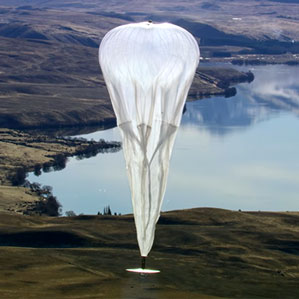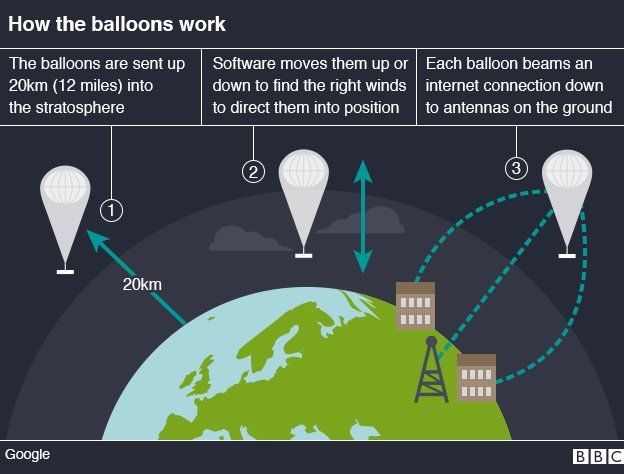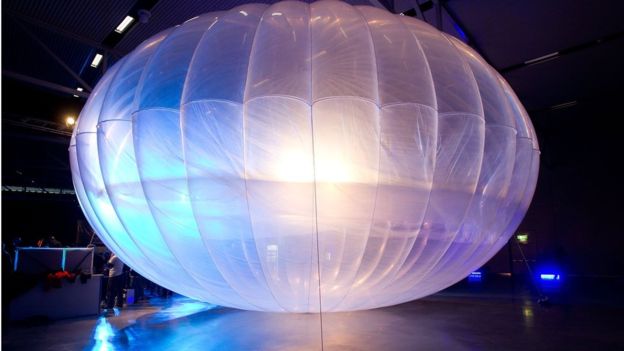Indonesia’s three largest cellular networks that serve 250 million people are set to get an upgrade to stratospheric helium balloons that will float 20 kilometers overhead.

Deemed the Loon Balloons and operated by Alphabet (Google’s recent corporate parent), the inflatables will provide high-speed wireless Internet to smartphones and other devices. The company signed an agreement with Indosat, XL Axiata, and Telkomsel, Indonesia’s largest telecommunications companies to provide Internet to network subscribers.
The Indonesian project will be the largest test to date in an effort that originated in the Google X lab, and is projected to make it considerably cheaper for wireless network operators to provide service in remote and rural areas. X Labs (its new name) is now an independent unit inside Alphabet, no longer part of Google.
Indonesia has the fourth-largest population in the world, which makes communications of any type complex to deliver. It ranks 118th for per-capita domestic product and approximately only 17 percent of Indonesians have access to the Internet.
The project and its partners are currently working on plans for a series of tests to take place next year, beginning with small technical demonstrations and building up to using numerous of balloons over large areas with Internet coverage.
“If all these tests go well, then we’ll have a signal we’re ready for commercial launch,” said Mike Cassidy, who leads Project Loon. “[This] announcement is about trying to improve the lives of tens of millions of Indonesians.”

The trials will test the most multifaceted parts of the project that are required to provide reliable service with the constantly moving balloons. Some of the plans include having the balloons work together in flocks to maintain even coverage, and experimenting with a system that uses high-speed data connections between balloons to extend coverage beyond where one is linked to the ground.
The balloons are made from a thin plastic that is similar to a trash bag, and they carry electronics that are powered by a solar panel. Once launched, Google can only control the altitude of the balloons. However, they can be steered around the globe by moving them up and down in the stratosphere. The company uses a complex computer model of global stratospheric wind conditions in order to plan how to launch and steer the Loon Balloons.
Several locations in Indonesia have limited or no access to Internet. “Building and operating cell towers or fiber-optic cables is complicated by the gaps between islands and thick tropical forests,” noted Ririek Adriansyah, CEO of Telkomsel. “These areas will probably never be covered by us because it is too difficult or costly.”
Google’s cofounder Sergey Brin said that Loon Balloons could be applicable to more than just relatively poor countries and could even help fill coverage gaps in the U.S. Loon Balloons have already been tested with telecommunication companies in Australia, Brazil, and New Zealand.

While it’s still unclear exactly when the trials will begin in Indonesia or when citizens may see their phones connect to a Loon Balloon, one thing is for sure: this type of Internet coverage will revolutionize the technology world.
Source: MIT Technology Review
Advertisement
Learn more about Electronic Products Magazine





